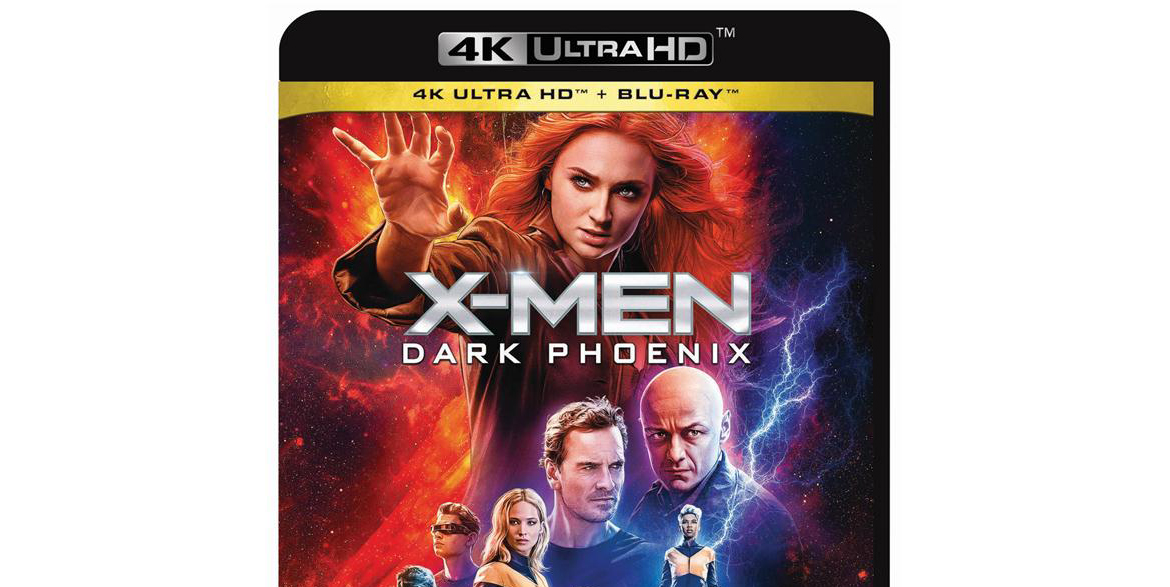TL;DR
The X-Men franchise has a long, inconsistent history, with *Dark Phoenix* struggling to live up to its predecessors' potential. While the film boasts a strong opening and excellent Ultra HD presentation, director Simon Kinberg's debut falters with continuity errors, questionable creative choices, and a loss of character appeal. Despite its flaws, the stunning visuals and audio might make it a worthwhile watch for dedicated fans. Find out if this flawed conclusion is worth your time.
The superhero genre’s cinematic ascendancy began in 2000 with Bryan Singer’s X-Men. This release paved the way for subsequent successes; Sony debuted its first Spider-Man film in 2002, and Warner Brothers followed with Batman Begins (2005). The premiere of Iron-Man in 2008 cemented the genre’s trajectory, and over a decade later, superhero films maintain unprecedented popularity. X-Men 2 was released in 2003, followed in 2006 by the critically panned X-men: Last Stand. As the battle for audience share intensified, 20th Century Fox sought to maintain its hold on the X-Men franchise, releasing X-men Origins: Wolverine in 2009. The X-men Origins banner signaled an intention to develop further solo films; plans for an X-men origins: Magneto film, among others, were conceived before the Wolverine film’s underwhelming reception. Following this, filmmakers initiated a soft reboot of the X-Men series with the adequate X-Men: First Class (2011), set in the 1960s and featuring a new, younger cast. Two years later, Wolverine premiered in theaters – a film distinct from the 2011 release, despite a similar title. 2014 saw the release of X-men: Days of Future past, primarily set in the 1970s, explicitly linking the film to the original trilogy’s continuity. This was followed by the largely criticized X-men: Apocalypse in 2016, chronologically set in the 1980s. Prior to today’s review of X-men: Dark Phoenix, the well-received and gritty Logan served as a conclusion for the original ensemble cast.
The year is 1992. NASA launches a space shuttle, only to encounter an immediate crisis. The X-Men, led by Mystique (Jennifer Lawrence), embark on a rescue mission. However, the situation proves far more perilous than anticipated, resulting in Jean Grey (Sophie Turner) being exposed to significant amounts of cosmic radiation. Initially, her return to Earth seems uneventful, but it soon becomes apparent that Professor Xavier’s (James McAvoy) mental safeguards within her mind have begun to erode. Jean becomes aware of suppressed childhood traumas, causing her life to unravel and transforming her into a threat to herself and those around her. The situation escalates with the arrival of Vuk (Jessica Chastain), an alien being, and her forces.
I will begin by discussing the elements that function effectively within X-men: Dark Phoenix – which, initially, are substantial. The film’s opening thirty minutes are genuinely compelling, featuring striking visual effects and an engaging sequence depicting the X-Men’s coordinated efforts to rescue astronauts as their spacecraft disintegrates. Upon their return to Earth, however, the film’s quality diminishes significantly.
A primary weakness of X-men: Dark Phoenix is Simon Kinberg’s directorial debut. Successfully translating superheroes to the screen requires more than simply casting talented actors and employing extensive special effects; it demands a nuanced understanding of how these elements interact within the cinematic frame. An analogous situation can be observed between Terminator 2: Judgement Day and Terminator 3: Rise of the Machines. While both films feature Arnold Schwarzenegger in the lead role, donning similar attire, his character’s effectiveness differs dramatically. James Cameron’s direction, screenplay, and camera work in Terminator 2 imbue the character with a sense of coolness, whereas the subsequent film renders him far less compelling. A similar issue plagues Dark Phoenix; the heroes’ established appeal is diminished, and the actors’ performances reflect this lack of conviction.
Furthermore, the X-men series suffers from notable inconsistencies and plot discrepancies. For instance, the characters exhibit minimal aging from X-Men: First Class to this film, despite a supposed passage of thirty years. The youthful appearance of James McAvoy, whose character should be in his sixties, strains credibility when he claims to have “taken care of Jean Grey since she was a child.” Such inconsistencies undermine the film’s narrative coherence. While one might argue for a reboot with the new cast, divorcing the film from previous installments, this is not the case. The conclusion of X-men: Days of Future Past restores the timeline, resurrecting deceased characters. Consequently, our X-Men will age significantly in a mere eight years, as illustrated in the collage below…
The aging issue merely represents the surface of a larger problem of continuity errors and questionable creative decisions across the films. This culminates in a scenario reminiscent of earlier adaptations, where inconsistencies like the recasting of Two Face between Billy Dee Williams and Tommy Lee Jones were readily overlooked. It will be interesting to observe how the X-Men are integrated into the broader Marvel Cinematic Universe, now that Disney and Marvel have regained the rights to the franchise. Kevin Feige and his team are known for maintaining strong continuity across their films, a quality that the X-Men series has often lacked.
The Ultra-HD edition, however, is exceptional, significantly enhancing the film’s appeal. The visual presentation is outstanding, boasting vibrant colors and reference-quality black levels. The Dolby Atmos soundtrack is immersive, delivering a full range of audio experiences from subtle nuances to large-scale action sequences. The edition also includes a substantial amount of extra material, which, despite some predictable promotional content, remains reasonably engaging.
In conclusion, it is unfortunate that the Dark Phoenix storyline has been adapted twice, with both attempts falling short of expectations. Compounding the issue is Simon Kinberg’s involvement as the writer of the first iteration (X-men: The Last Stand) and director of this one. While one misstep may be forgivable, failing to deliver a successful adaptation on two occasions is a significant concern. Nevertheless, the exceptional quality of the UHD edition, coupled with the genuinely compelling first half-hour, warrants a conditional recommendation.

